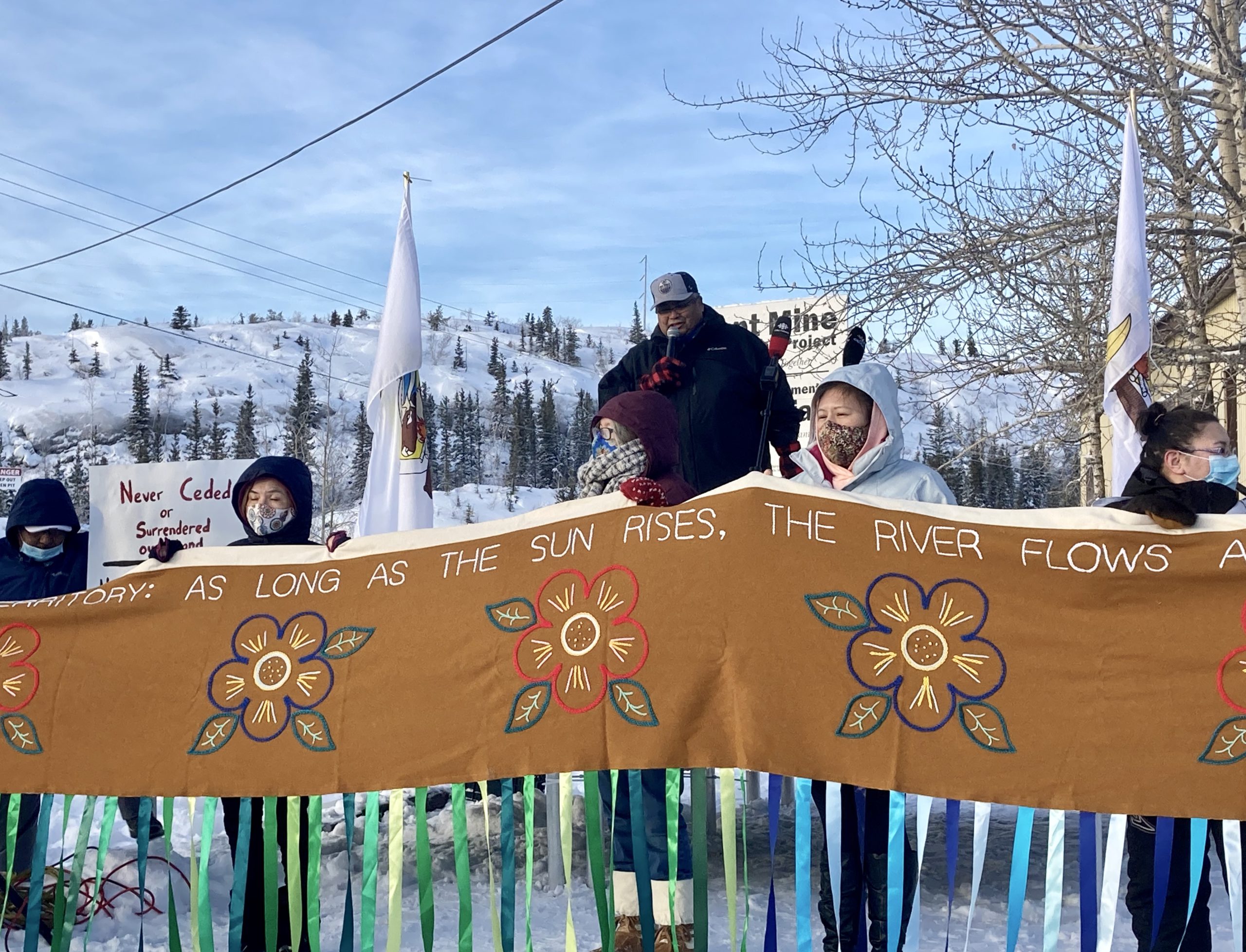The Yellowknives Dene First Nation and the federal government have agreed to a $20 million funding deal as part of the compensation and apology for Giant Mine. But YKDFN Chief Edward Sangris says it’s not enough.
The funding will come over ten years to boost YKDFN’s capacity to work on the Giant Mine remediation project.
The two parties also signed a memorandum of cooperation and a community benefits agreement.
Dettah Chief Edward Sangris said many federal officials were hearing the story about Giant Mine for the first time and that this deal was just the start.
“When we met with Members of Parliament and Ministers in Ottawa and told them the history of Giant Mine on the Yellowknives Dene and Canada’s broken promises, many were hearing this for the first time,” Chief Edward Sangris, Dettah Chief of the Yellowknives Dene First Nation said in a statement.
“After more than 70 years, we are finally starting to get our message through to Canada and see some Reconciliation in action… this is the start and not the end. We will continue the work needed for an apology and compensation, and for our elders and our people to finally get back to land and water that has been healed.”
He added YKDFN would be working towards fuller compensation for the damages caused by the mine.
A path to an apology and compensation had been agreed upon with the federal government in March after YKDFN met with the federal government several times.
Remediation work had been delayed several times but kicked off properly in July after various permits were approved.
Sangris has said previously that he is concerned about the future of that work, saying the potential for a federal election could distract from the issue — a federal election has since been called.
The work that is happening involves the construction of a landfill to hold waste, underground stabilization work, and the construction of the first of four freeze pads.




